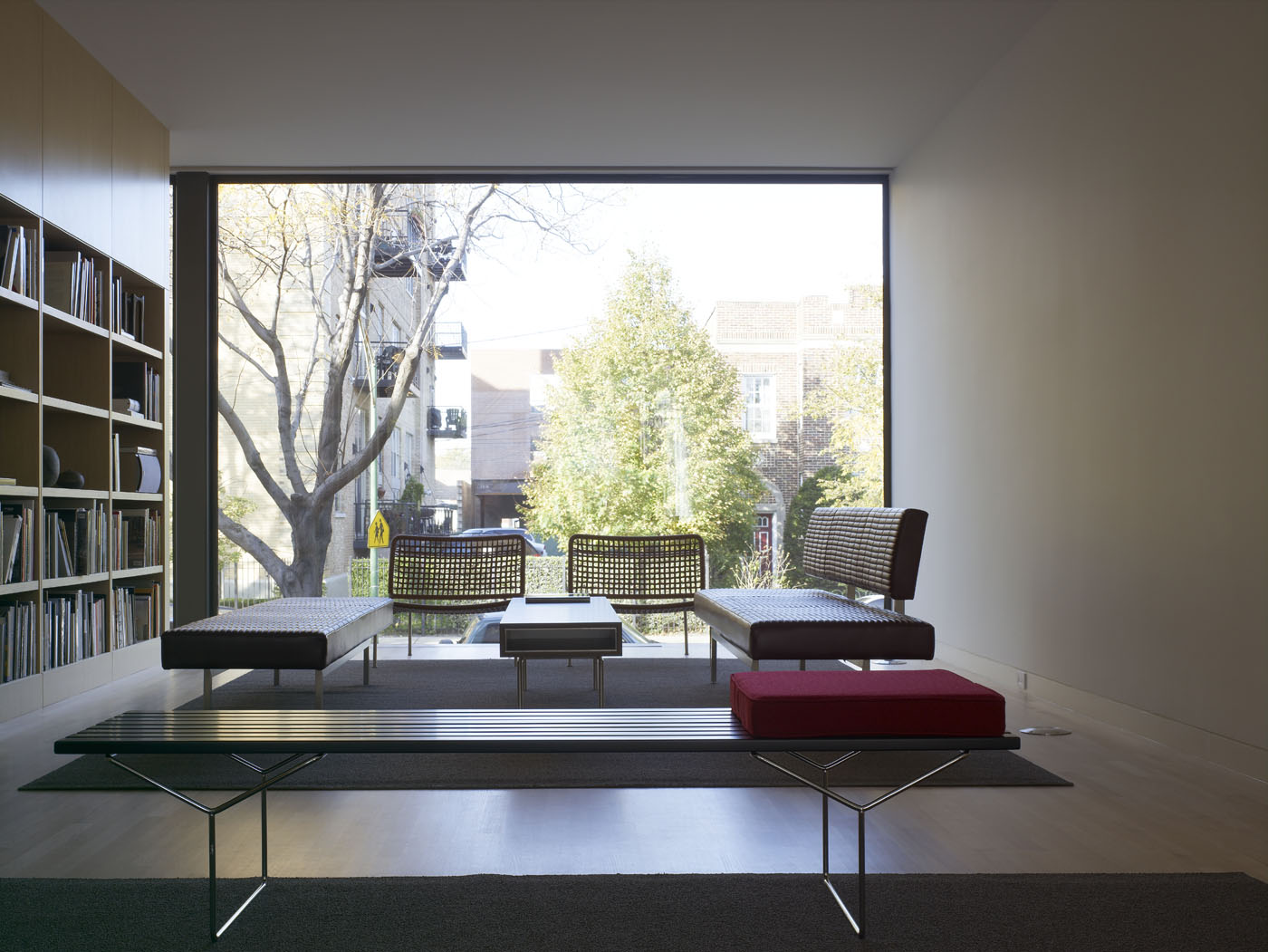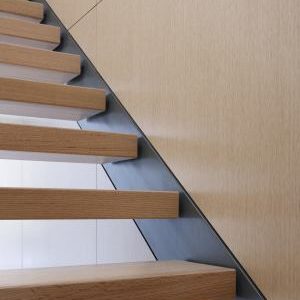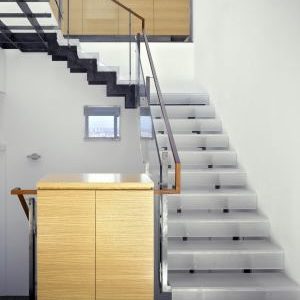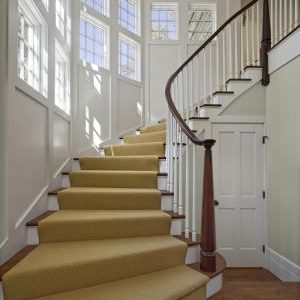Source of Article ©2010 Builder. All rights reserved

Article Details
Photography: Thomas McConnell, Christopher Barrett, Bruce Damonte, Robert Benson
Project: Morgan Remodel, Austin; Claremont House, Chicago; Laidley Street Residence, San Francisco; Beside the Point, Connecticut River
Architect: CG&S Design-Build; Brininstool Kerwin Lynch; Zack/de Vito Architecture; Centerbrook Architects and Planners
Builder: CG&S Design-Build; Goldberg General Contracting; Tiezzi Construction
Source: Builder | View original article
Share this Post
May 27, 2010
DESIGN DETAILS: STAIRCASES
Is it a mere staircase, or is it a stairway to heaven? Good design and interesting materials make the difference.
By Jenny Sullivan
If your house plan is on more than one level, you’re gonna need steps. But there’s no reason they have to be either boring or hidden. With the right materials in the mix, a good-looking stairway can become a memory point inside the home.
Cost Saver
When the financial meltdown placed added constraints on the budget for this custom remodel-–which was already underway–the architects got creative. One place they saved without sacrificing good looks was in this open stairway, which connects the dining area to second floor loft space above. Retro in a way that matches the owners’ mid-century modern style, this stair support is made of glu-lam beams (glued laminated timber) rather than steel, with side panels fashioned out of maple plywood. The floating horizontal treads are white oak to match the floor.
Project: Morgan Remodel, Austin
Builder/Architect: CG&S Design-Build
See Through
The front and back exterior walls of this contemporary city home are all glass, allowing views through the entire house to the courtyard. Lateral steel made it possible to eliminate interior walls that would otherwise obstruct the view, but that made the stair assembly a challenge. “The floating stair is composed of two steel channels that are facing away from each other and notched/bolted into the structural wall framing,” explains builder Jake Goldberg. “Half inch thick steel plates are welded between the channels. These plates receive the millwork sandwich treads and structurally help tie the entire building together. The original concept for the stringers was to have them reversed (facing inward) and mostly covered by drywall and wood panels. Flipping them around and expressing the steel eased and simplified the assembly, reduced costs, and resulted in a very elegant outcome.” The design incorporates wall panels of reconstituted oak veneer and treads of rift-sawn oak.
Project: Claremont House, Chicago
Builder: Goldberg General Contracting
Architect: Brininstool Kerwin Lynch
Light Well
Channeling daylight into this urban home was an issue, given the steep slope of its infill lot–particularly the lowest level, which is buried in the hillside. The architects also wanted to use off-site fabrication methods to shorten the build time and lower labor costs. This central core staircase meets both goals with a design comprised of water jet-cut 1/2″ steel stringers, acrylic treads and risers, steel and glass guardrails, and a mahogany handrail. The minimalism and translucency of the structure allow sunshine from a large, operable skylight above to flood the interiors.
Project: Laidley Street Residence, San Francisco
Architect: Zack/de Vito Architecture
River Dance
The original rear façade of this home on the Connecticut River essentially ignored all that the waterfront site had to offer. When the clients remodeled, they wanted to change that. The graceful curvature of this paneled staircase is pretty in its own right, but it also reflects what is now an undulating exterior façade that follows the shoreline. Large windows bring sunlight inside and allow views of nature from every point on the staircase.
Project: Beside the Point, Connecticut River
Architect: Centerbrook Architects and Planners
Builder: Tiezzi Construction




